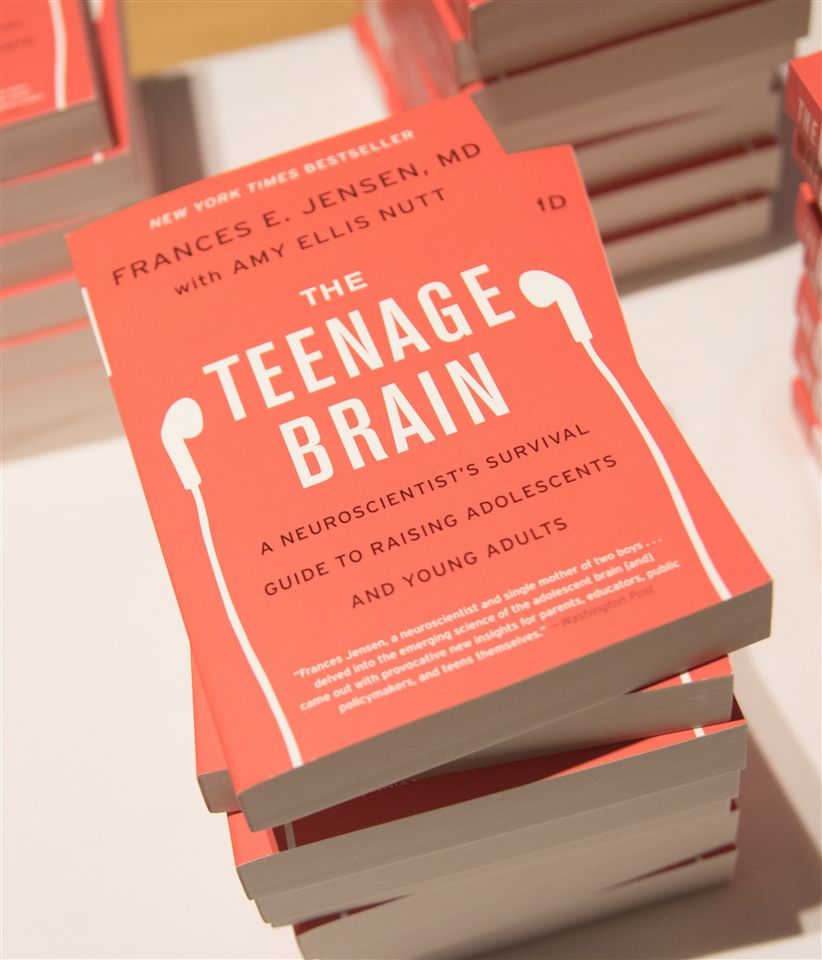As a seasoned learning specialist and coordinator of academic support, I often observe that when a student struggles in school, the struggles have less to do with content and more to do with the learning process itself. These difficulties are most commonly described as “executive function weaknesses,” or even executive function disorder. Executive functions are neurologically-based skills involving mental control and self-regulation. These cognitive functions are necessary for students to be able to filter distractions, prioritize tasks, set and achieve goals, and control impulses. Therefore, problems with executive functions can make learning particularly difficult.
In her presentation to Winsor parents last week, Dr. Frances Jensen provided a scientific explanation of adolescent brain development. According to neuroscience research, the brain develops from back to front so that the frontal lobe is the last part of the brain to “come online”. Because executive functions are located in the frontal lobe, teenagers are not “fully wired” until well into their 20s or even 30s. So because teenagers are not yet able to automatically access their frontal lobe, it makes sense that they do not have executive function skills at the ready. Understanding this, it makes abundant sense that a struggling student may need, in the words of Dr. Jensen, a “frontal lobe assist.”
When working to understand and support struggling students, adults need to recognize that teenagers with undeveloped executive functioning systems may not necessarily process our efforts to help in the way we hope. The expectation that students will learn from mistakes and productively process feedback assumes the presence of such executive functions as task-analysis, pattern analysis, abstraction from subtle hints, problem solving, perspective taking, and self-awareness–functions the students may not yet possess.
The good news is that the teenage brain is literally “wired for learning” and researchers feel confident that while executive functions are not innate, they can be learned.
In my work with adolescents, I tell them that my job is to make their job easier. One way I do this is by teaching them four simple steps to make the learning process smoother: plan, schedule, execute, and follow through. First, we make a list of what needs to be done, then we look at planners and calendars to schedule when the student will do specific tasks for each assignment. When students can identify and name the specific action they need to execute a task, the work itself becomes more manageable. Sometimes students need an extra boost on follow through because they get stuck or second guess themselves or change a thesis. However, the more they practice consistent routines, the more confident they become about their finished work and submitting it .
There are many variables that can impact a student’s learning experience. Thankfully, frameworks and routines for learning offer a much-needed “frontal lobe assist”, enabling students to minimize roadblocks and distractions, and freeing their brain space to focus on the content in their classes.

